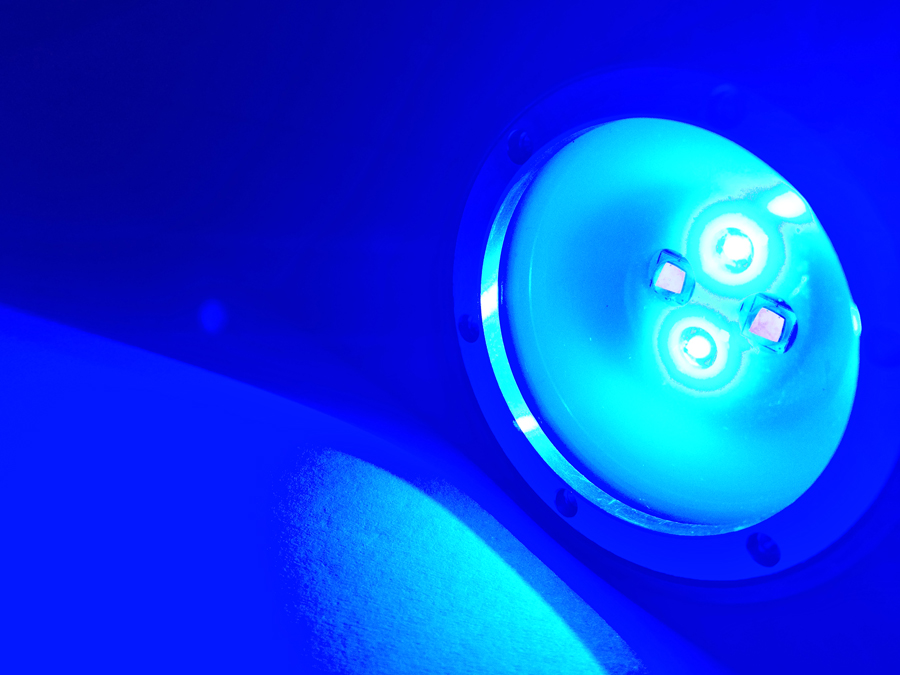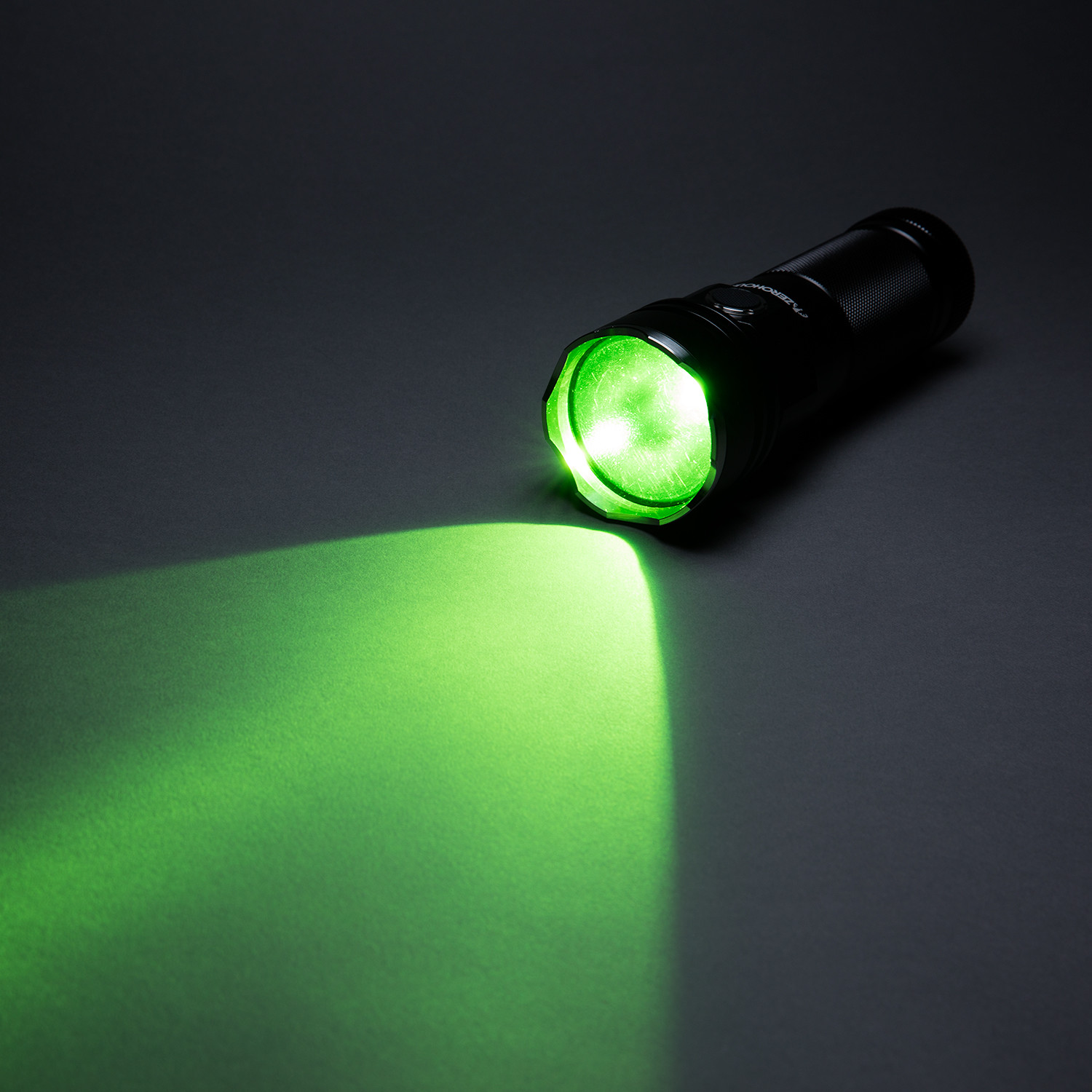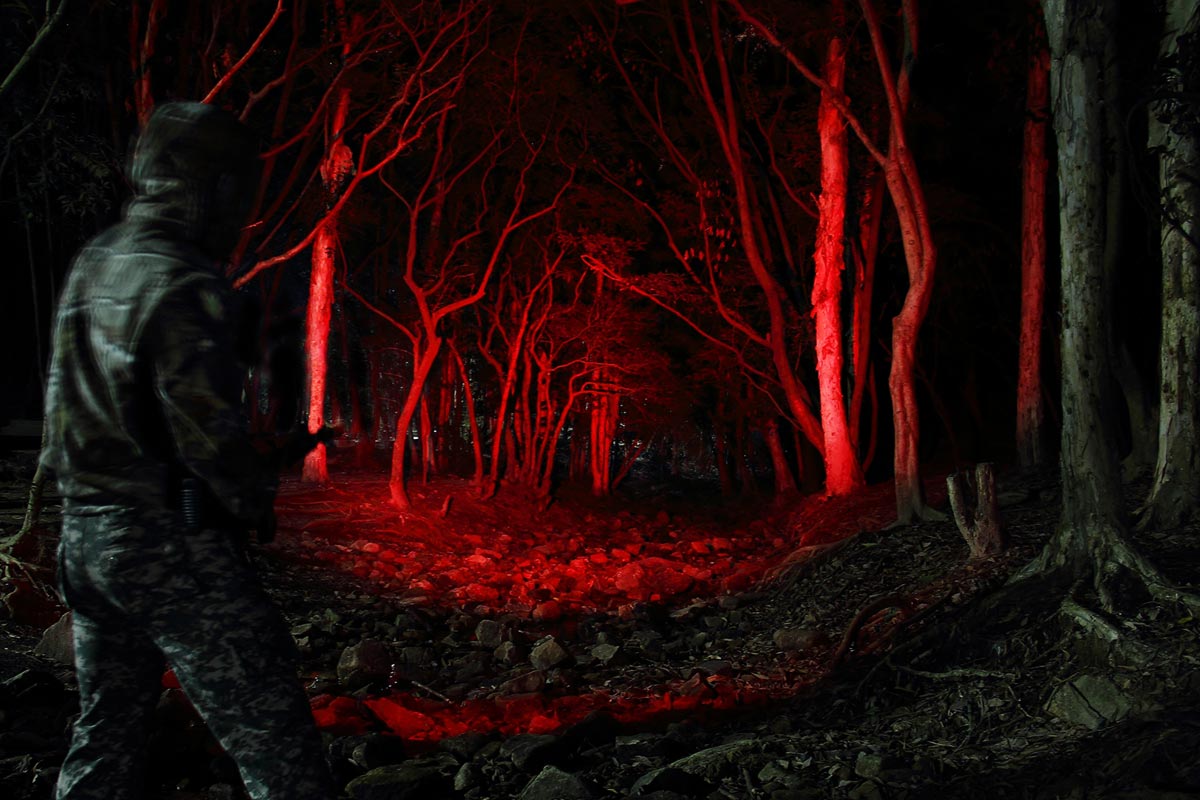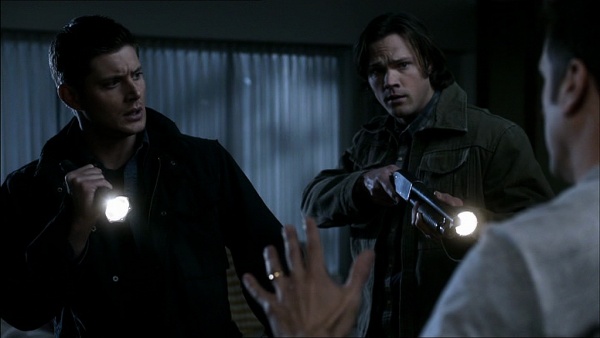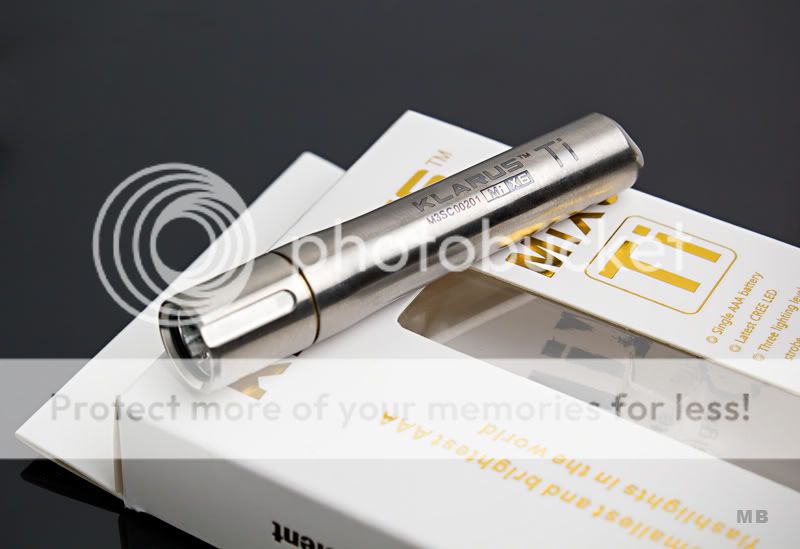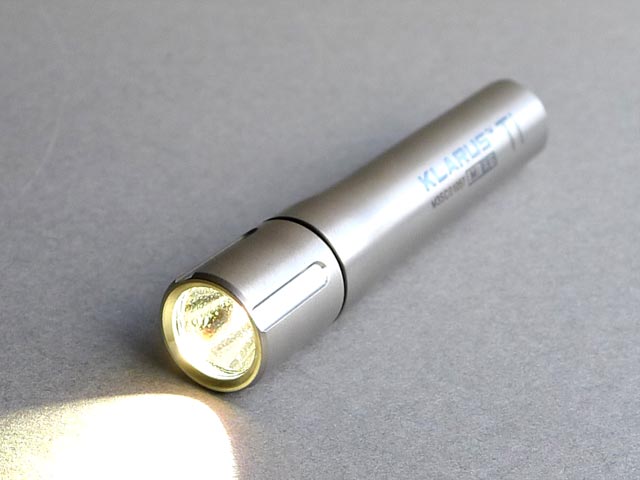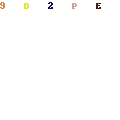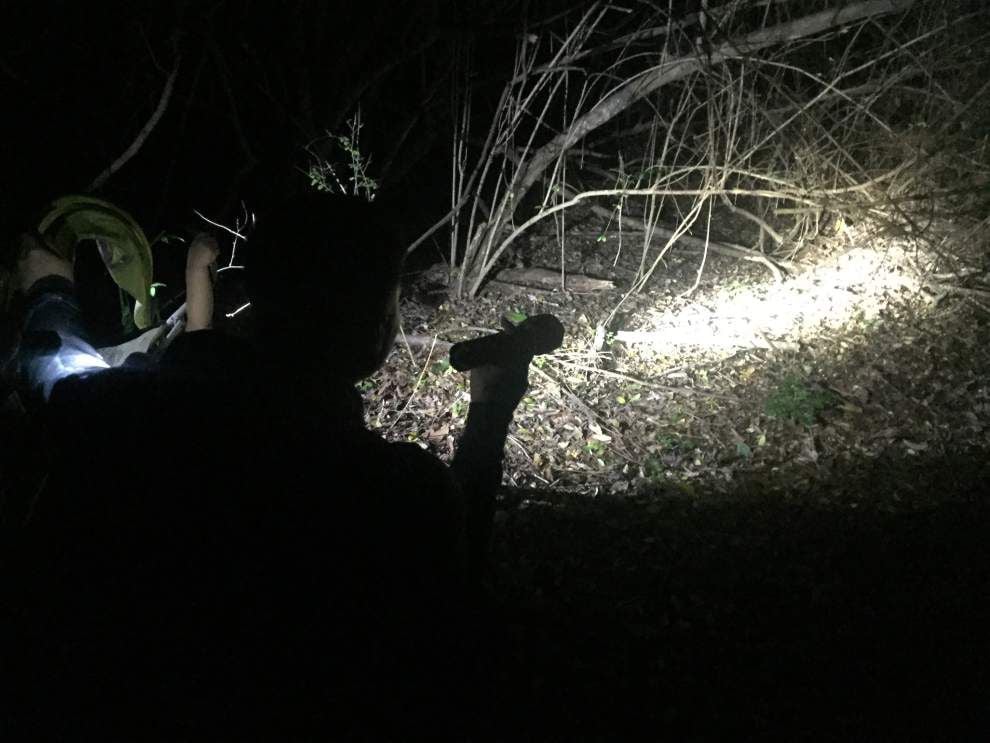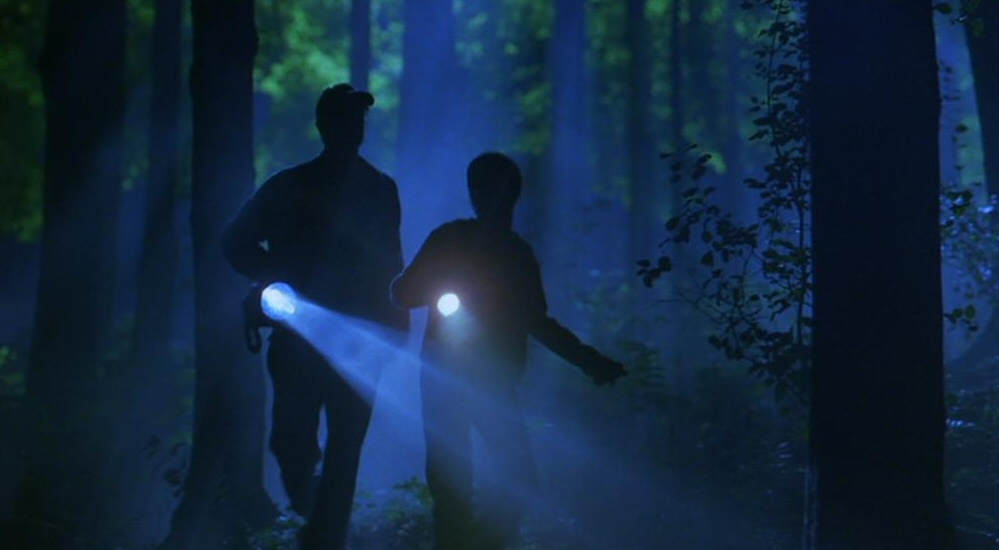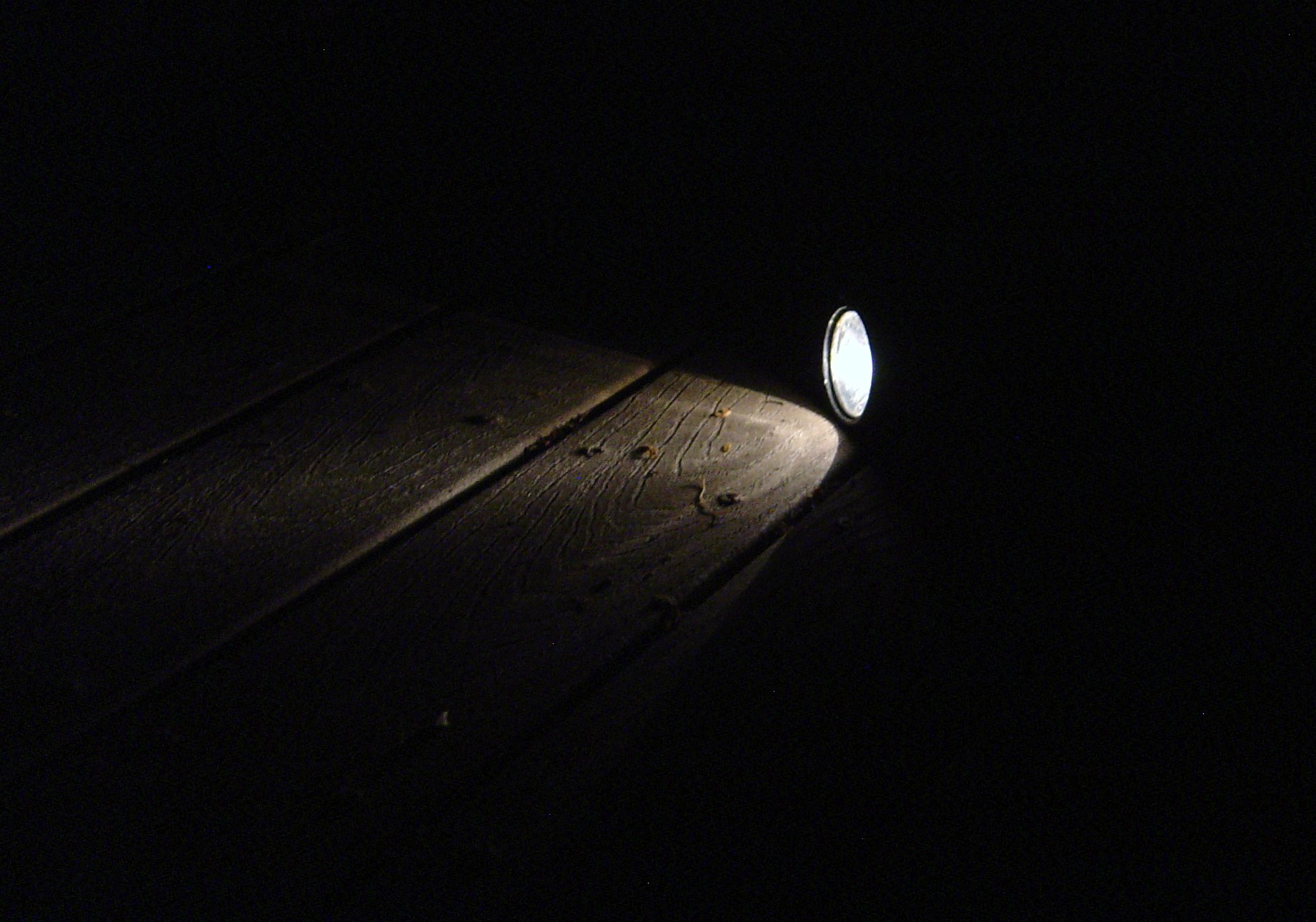You are walking back from a movie late at
night. You start walking down the street to your car. Suddenly you reach a
patch that is unlit and dark.
You hear footsteps behind you. You turn to
see who it is. No one! You keep walking. Again there is some hustling noise
from the tall grass on the roadside. You get Goosebumps and a chilling feeling
down your spine.
You turn again but this time you are met by
a blow to your face. The assailants steal your money, valuable clothing and
your watch. Now you wish you had a self-defence tool. Trust me; there is
nothing better than a flashlight.
If like most people, you feel flashlights
are only to be stacked away in the kitchen drawers, you are mistaken. There are
so many purposes they serve and one of the best is tactical purposes like self-defence.
Tactical flashlights can be used for more
than just once a year camping tours and power outage scenarios.
These are a few ways in which you can use
your tactical flashlight to get out of a dangerous situation alive.
1. A
weapon:
There are some flashlights that come with a
bezel. This can be used for various purposes. It is not intended by the makers
that you use it to hit someone but then desperate times call for desperate
measures. If you are under attack, you can hit back with the bezel – make sure
to aim for the sensitive areas of the opponent, like the neck or the eyes.
2.
In Darkness:
Most assailants use darkness as their
strength to attack or rob someone. Do not let this happen to you. With a
flashlight on you, you will always keep yourself safe. A tactical flashlight
comes with very strong beam intensity and a long beam distance. Therefore, you
will know you are in trouble from a secure distance and then you can do
something about it.
3.
Identifying:
Identification is another very strong
deterrent. If a criminal feels that he or she is going to be recognized later,
they do not risk attacking someone. Most robbers do so thinking that no one
will be able to track them as they used the darkness to not let you see their
faces. If you have a tactical flashlight with you, you will be able to see from
far and also to far and so recognizing your attacker will not be a problem.
4.
Disorientation:
The last two points were more about
avoiding a bad situation but let us say you have landed in one already. Now
your only chance is to fight back. Not everyone is trained in martial arts, so
you can use the high intensity of the flashlight to blind the other person
momentarily and hit them as hard as possible. This will render them helpless.
5.
An Improvised Hitting Tool:
Most tactical flashlights are built to be
long-lasting and sturdy. You can use them to hit the attackers head or nose.
Also, when you are trying to block a punch, you can use your tactical
flashlight to do so. Though some are small, they are very strong. So this will
give you an advantage over you attacker at all times.
6. A
Confidence Booster:
Just the knowledge that you have something
that can help you survive will give you a confidence boost. This is very
important in a dangerous situation. So always keep your confidence booster at
your side.
7.
Fend off Animals:
This is especially for those who often go camping,
mountaineering; trekking etc. Animals are confused, blinded and disorientated by
intense lights. So if you are ever under attack by a bear, wild boar or a
vicious dog at night, a tactical flashlight is the weapon to use.
It is imperative that you keep your tacticalflashlight with you at all times. Invest in a good tactical flashlight,
even if it means having to pay a bit more – nothing is more precious than your
life.




